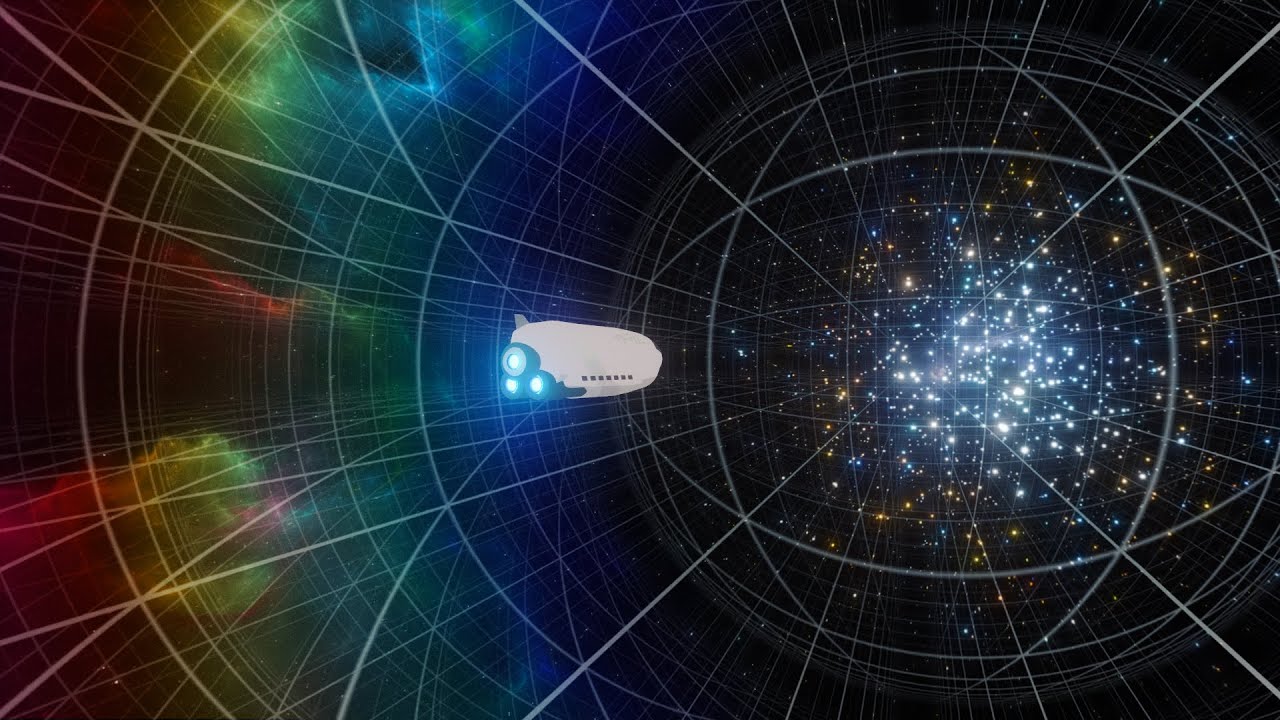Have you ever wondered what it would be like to travel at the speed of light? It's an intriguing concept that has fascinated scientists and science fiction fans alike. In this article, we'll explore what we would see if we were able to travel at the speed of light.
Imagine yourself journeying at the speed of light—what would the universe look like? Scientists have delved into this fascinating question, revealing astonishing insights into the nature of perception while moving at the speed of light. Join us as we uncover the science behind this mind-bending experience.
The Allure of Light-Speed Travel: A Glimpse into the Unknown
The concept of traveling at the speed of light has long captivated our imaginations. Now, researchers offer a glimpse into what such an extraordinary experience might entail.
When observing distant celestial objects on Earth, we still perceive them as they were in the past, due to the finite speed of light. If we were to travel towards these objects, we’d witness their eventual destruction sooner than if we remained stationary, as we’d be reducing the distance that light must travel to reach us.
Conversely, moving away from these objects would prolong their visibility, since we’d be extending that distance. As we move, some objects will undoubtedly vanish from our view—an effect that intensifies with increasing speed.
Unraveling the Effects of Near Light-Speed Travel
When approaching the speed of light, several intriguing phenomena emerge. The Doppler Effect causes objects behind us to appear redder while those ahead become bluer. As we accelerate, these objects might eventually become invisible as their light shifts beyond the visible spectrum.
As our velocity increases, our field of view narrows and brightens in the direction of motion, while objects seem smaller and more distant. Remarkably, even objects initially located behind us can rotate into our line of sight. At the speed of light, our vision would consist of a single, infinitely small, and intensely bright point surrounded by darkness.
In this state, discerning individual objects and their movements becomes virtually impossible.
Einstein’s Curiosity: The Path to the Special Theory of Relativity
Albert Einstein’s youthful ponderings about traveling at the speed of light led to his groundbreaking Special Theory of Relativity. This theory reveals the increasingly distorted nature of objects as our speed of travel rises, with the view ahead growing progressively brighter. Bizarre effects soon manifest, as objects ahead seem to move further away while those behind come into view.
So, as I have explained, ultimately, if you were to travel at the speed of light, you would be enveloped by a blindingly bright spot of light, encircled by impenetrable darkness. Truly a perplexing sight to behold; both perplexing and frightening all at once.
PLEASE READ: Have something to add? Visit Curiosmos on Facebook. Join the discussion in our mobile Telegram group. Also, follow us on Google News.

